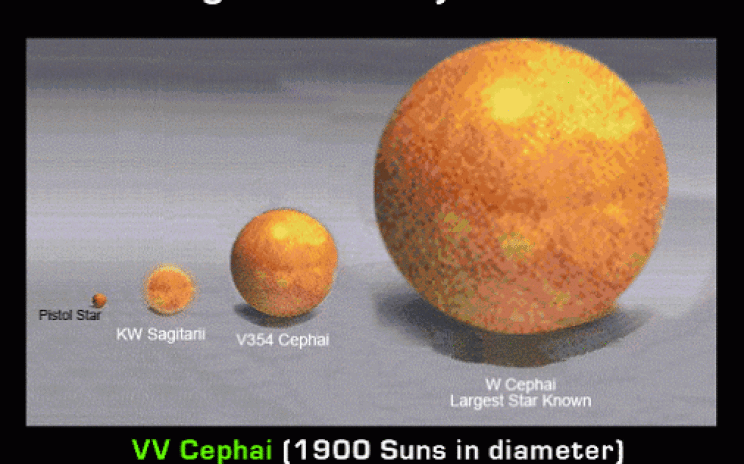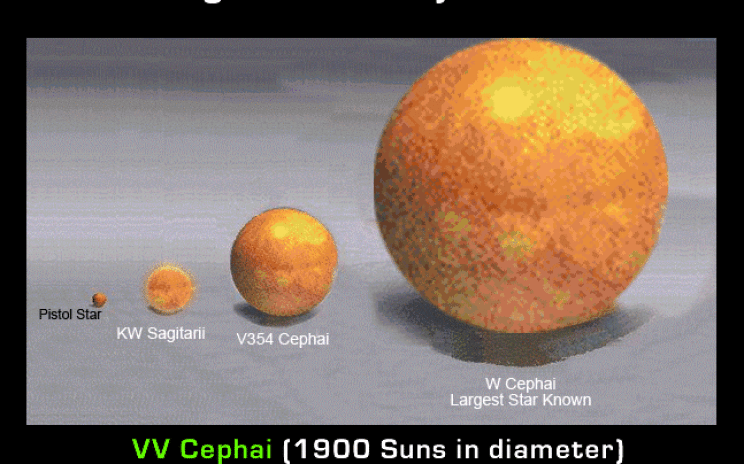Reshared post from +NASA As seen on #Cosmos: Supernova A supernova is the explosion of a star. It is the largest explosion that takes place in space. Supernovas are often seen in other galaxies. But supernovas are difficult to see in our own Milky Way galaxy because dust blocks our view. In 1604, Johannes Kepler discovered the last observed supernova in the Milky Way. NASA’s Chandra telescope discovered the remains of a more recent supernova. It exploded in the Milky Way more than a hundred years ago. A supernova happens where there is a change in the core, or center, of a star. A change can occur in two different ways, with both resulting in a supernova. The first type of supernova happens in binary star systems. Binary stars are two stars that orbit the same point. One of the stars, a carbon-oxygen white dwarf, steals matter from its companion star. Eventually, the white dwarf accumulates too much matter. Having too much matter causes the star to explode, resulting in a supernova. The second type of supernova occurs at the end of a single star’s lifetime. As the star runs out of nuclear fuel, some of its mass flows into […]
This is what my neck feels like tonight…. Originally shared by +NASA As seen on #Cosmos: Supernova A supernova is the explosion of a star. It is the largest explosion that takes place in space. Supernovas are often seen in other galaxies. But supernovas are difficult to see in our own Milky Way galaxy because dust blocks our view. In 1604, Johannes Kepler discovered the last observed supernova in the Milky Way. NASA’s Chandra telescope discovered the remains of a more recent supernova. It exploded in the Milky Way more than a hundred years ago. A supernova happens where there is a change in the core, or center, of a star. A change can occur in two different ways, with both resulting in a supernova. The first type of supernova happens in binary star systems. Binary stars are two stars that orbit the same point. One of the stars, a carbon-oxygen white dwarf, steals matter from its companion star. Eventually, the white dwarf accumulates too much matter. Having too much matter causes the star to explode, resulting in a supernova. The second type of supernova occurs at the end of a single star’s lifetime. As the star runs out of […]
Reshared post from +I fucking love science #universe #Hubble #science This post has been reshared 7 times on Google+ View this post on Google+
Originally shared by +Science Hook #universe #Hubble #science



